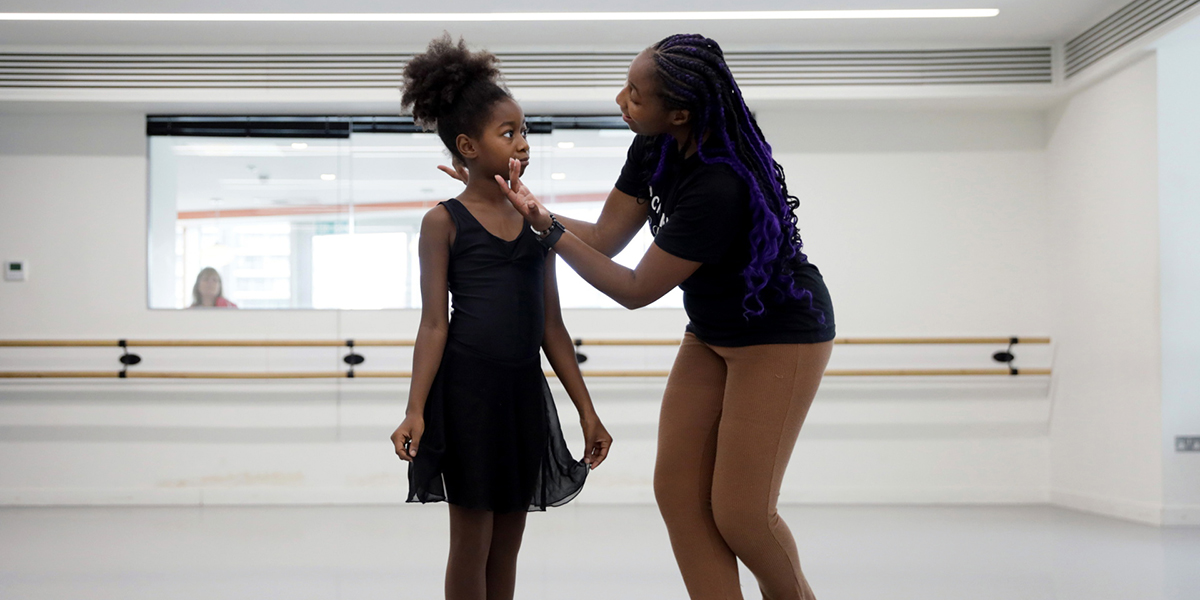The iconic image of a ballet dancer remains light-skinned, even though the artform – which originated in the Italian Renaissance as court entertainment – has expanded globally with stars from Asia, South America and Cuba. And classical ballet companies strive for a uniform look especially in works like “Swan Lake,” making it harder for dancers of colour to get hired or promoted.
Some 2.2% of dancers at the UK’s top four ballet companies are of Black heritage – roughly consistent with the country’s Black population at 3%, said Sandie Bourne, a committee member of Britain’s Society for Dance Research, in her 2017 doctoral thesis.
At The Royal Ballet, “we are determined to make our theatre a welcoming and inclusive place for all,” a company spokesperson said.
“Dance is for everybody,” noted a spokesperson at The Royal Academy of Dance, whose syllabus is taught worldwide. “Ensuring there is diversity in the dance world is important to everyone at the RAD.”
Essel wants to speed up change by disrupting the status quo.
“We incorporate African steps and music styles in our shows,” she said. “I have afros. I have plaits. I have perm rolls. I have twist. I have Afro puff bunches. And it’s really just about celebrating the person no matter where they come from.”
Maya Beale-Springer, a 10-year-old student at Pointe Black and another ballet school, enjoys exploring various styles.
“I get to experience different types of ballet, different music,” said the aspiring astrophysicist, after a flawless solo rehearsal for an upcoming show. “I like ballet, so I’d like to do it but hopefully my career won’t get in the way.”
Essel, who teaches all the classes in her school, sees it as a safe space for Black dancers to get counselling, and a way to create a community-based network of studios, dancers and teachers.
“When I was 15, I wanted to apply to dance colleges, but I was discouraged because I was told that the ballet world just wasn’t really ready for someone who looked like me,” Essel recalled.
“Everything about my school is what my younger self would have wanted.”
The Wider Image
Photography and reporting: Alishia Abodunde
Reporting and writing: Muvija M
Text editing: Richard Chang
Photo editing, video and design: Maye-E Wong and Eve Watling
